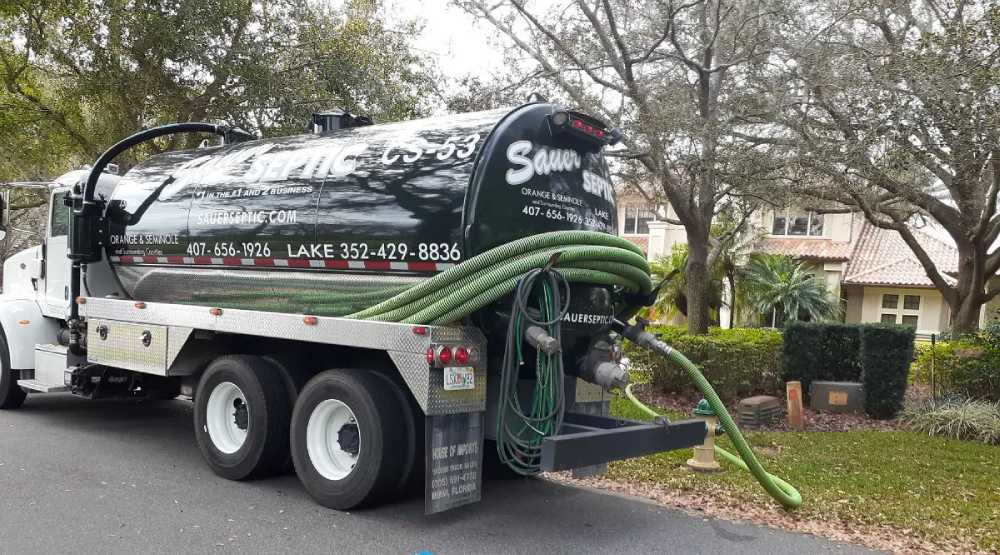Asphalt milling is an efficient method of removing existing surface damage and restoring the pavement. It benefits paving surfaces with widespread damage, like cracking, raveling, or uneven slopes.
Milling is also more cost-effective than a complete demolition and repaving process. It reduces materials and labor costs, and crews can begin work on a more level plane without costly excavations.
Recycling
Milling is a process that removes a layer of asphalt from an existing pavement surface to help repair and resurface the road. It can be done with specialized equipment to reach various depths, from removing just enough to make the surface level and smooth out any irregularities to a full-depth removal.
The resulting material can then be recycled and used in new paving projects instead of virgin aggregates, which saves on natural resources and energy. This method is also low-maintenance and environmentally friendly, making it an excellent choice for road construction contractors.
Cold milling, also known as cold planing, is one of the most common and widely used types of material recycling in road construction. This is a cost-effective way to repair roads without demolishing the entire surface. Reclaimed asphalt pavement (RAP) can be recycled several times as it is used instead of virgin aggregate in new asphalt.
Reducing Carbon Footprint
Road milling has a significant impact on the environment and its carbon footprint. The asphalt produced for road pavements uses a large volume of raw materials and fuel and is a crucial driver of greenhouse gas emissions.
Fortunately, using reclaimed asphalt pavement (RAP) in road construction and maintenance has enormous potential for reducing carbon footprint. RAP reduces the number of materials that need to be mined and transported, thereby minimizing fuel consumption and CO2 emissions.
Resurfacing projects with high percentages of RAP is an excellent example of this. In the UK, Tarmac used 40% of the surface course in an M25 resurfacing project as RAP, which reduced emissions by 43%.
However, lowering the mixing temperature in production and placing asphalt mixtures at ambient temperatures also positively impacts carbon footprints. Warm mix asphalt (WMA) varieties produced at lower mixing temperatures, for instance, can reduce energy requirements and greenhouse gas emissions as well as odor and fumes generated during the asphalt production process and on the paving site.
Reducing Water Pollution
Road construction and maintenance can have an adverse impact on water quality. Stormwater runoff can erode delicate bank structures and change a stream’s basic morphology.
Other impacts include pollution from vehicles and spills of petroleum products that wash off roads and into the environment. Heavy metals can also be found in runoff, interfering with aquatic life and altering a waterway’s water quality.
The Environmental Protection Agency (EPA) has several programs to regulate runoff pollution from transportation. These include the Clean Water Act and the National Estuary Program established under CWA.
The most common pollutants from transportation are organic compounds, metals and other chemicals. These can be released through fuel and oil spills, disposal practices, or other sources.
Reducing Noise
Road noise is a global concern. It impacts human health, safety and comfort, and environmental sustainability. The primary noise source is the tire-pavement interaction at high speeds, which can be controlled through various strategies.
A 2013 World Road Association-PIARC study found that a double layer of porous asphalt pavement reduces highway noise by 7 decibels. Quieter pavements can also reduce noise from highway traffic near residential areas, improving residents’ quality of life and increasing property values.
The same study found that a rubberized bituminous pavement was more effective at reducing traffic noise than traditional asphalt. The porous asphalt provides more air voids that can absorb noise.
To test the effectiveness of the rubberized bituminous pavement, a pilot application was implemented in a heavy traffic section cited outside Lamia city in Greece (Vasilikon Street). The noise performance of this rubberized bituminous mixture was measured right after its installation and eight months later.





Leave a Reply
You must be logged in to post a comment.